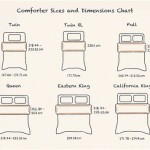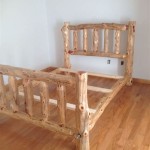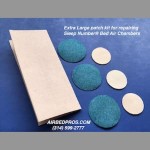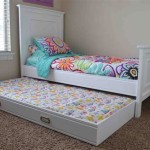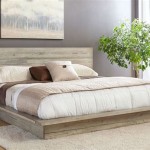Low Profile Box Springs for Queen Beds: A Comprehensive Guide
A low profile box spring can significantly alter the look and feel of a queen-size bed. Understanding the benefits, drawbacks, and various types available can help consumers make informed decisions when selecting the right foundation for their mattress.
Low profile box springs, as the name suggests, have a lower height than standard box springs. This typically translates to a height of 5-7 inches, compared to the 9-inch height of standard box springs. This reduced height contributes to a more contemporary aesthetic, making the bed appear closer to the floor and creating a sense of spaciousness in the room. This can be particularly beneficial in rooms with lower ceilings or for individuals who prefer a lower sleeping surface.
The primary function of a box spring is to provide support for the mattress and absorb shock, extending its lifespan. While a low profile box spring still fulfills these functions, the level of support may vary depending on the construction and materials used. A well-made low profile box spring utilizes a sturdy frame and durable materials to ensure adequate support and prevent sagging. However, some lower-quality models may compromise on support for the sake of a lower profile.
Several types of low profile box springs are available on the market, catering to different needs and preferences. One common type is the traditional low profile box spring, which consists of a wooden frame with springs or a grid top. This type offers a balance of support and affordability. Another option is the platform-style low profile box spring, which features a solid or slatted surface instead of springs. This type provides firmer support and is often compatible with mattresses that don't require a traditional box spring, such as memory foam or latex mattresses.
Split low profile box springs are also available for queen beds. These consist of two separate box spring halves, making it easier to maneuver the bed through doorways and hallways. This is particularly advantageous for individuals living in apartments or homes with narrow staircases. The split design also allows for individual adjustment, which can be beneficial for couples with different sleeping preferences.
When selecting a low profile box spring for a queen bed, several factors should be considered. The first is the type of mattress being used. Certain mattress types, like innerspring mattresses, typically require a box spring for optimal support, while others, like memory foam mattresses, may perform better on a platform-style foundation. Considering the mattress type ensures compatibility and maximizes the mattress's lifespan.
The weight capacity of the low profile box spring is another crucial consideration. The box spring should be able to comfortably support the combined weight of the mattress and sleepers. Exceeding the weight capacity can lead to premature wear and tear and compromise the structural integrity of the box spring.
The height of the low profile box spring is also an important factor. While all low profile box springs are lower than standard box springs, the exact height can vary. Consider the desired overall bed height and personal preferences when selecting the appropriate height. Measuring the existing bed frame and factoring in the mattress height can help determine the ideal height of the low profile box spring.
Durability and construction quality are essential for ensuring long-lasting performance. Look for low profile box springs made from high-quality materials, such as solid wood and durable steel. Check for indicators of quality craftsmanship, such as reinforced corners and sturdy slats. Reading customer reviews can also provide valuable insights into the durability and performance of different models.
Price is often a significant consideration for consumers. Low profile box springs are available at various price points, depending on the materials, construction, and features. While budget-friendly options are available, it is important to prioritize quality and durability over price to ensure adequate support and longevity. Consider the long-term value and potential cost savings associated with a more durable, higher-quality box spring.
Proper setup and maintenance are essential for maximizing the lifespan of a low profile box spring. Follow the manufacturer's instructions carefully when assembling the box spring. Ensure that the box spring is placed on a level surface and that the bed frame is appropriately sized. Regularly rotate the mattress and inspect the box spring for any signs of wear and tear. Addressing any issues promptly can prevent further damage and extend the lifespan of the box spring.
Choosing the right low profile box spring for a queen bed involves careful consideration of various factors, including mattress compatibility, weight capacity, height, durability, and price. By understanding these factors and conducting thorough research, consumers can select a low profile box spring that provides optimal support, comfort, and longevity, ultimately enhancing their sleep experience.

Sealy Posturepedic Low Profile Queen Boxspring The Brick

Sealy Posturepedic Low Profile Box Spring Queen Macy S

Beautyrest Low Profile Queen Box Spring Reviews Crate Barrel

Tempur Pedic Charcoal Low Profile Box Spring Star Furniture

Diamond Queen Low Profile Box Spring Living Spaces

Flat Mattress Foundation A Box Spring Alternative Beautyrest
Queen Size 2 Thick Very Low Profile Factory Select Color Box Sp Mysleep Furniture

Low Profile 4 Box Spring Flat Universal Foundation La Mattress

Zinus 5 Metal Smart Boxspring With Quick Assembly Mattress Foundation Queen Com

Hotel Collection Classic By Shifman Luxury Coil Low Profile Box Spring Queen Created For Macy S
